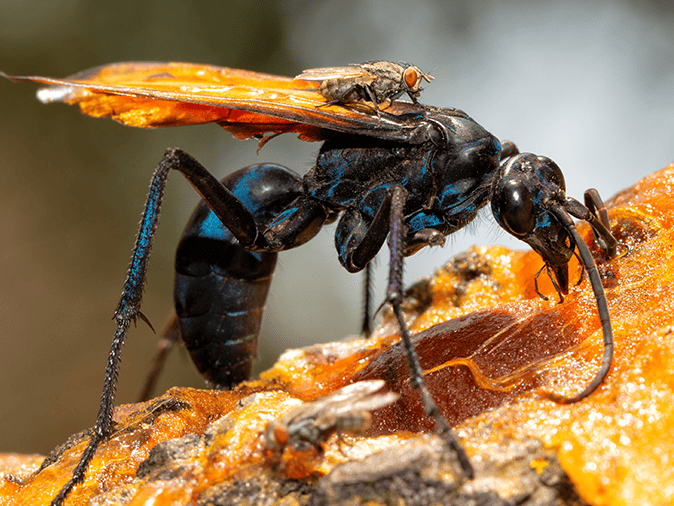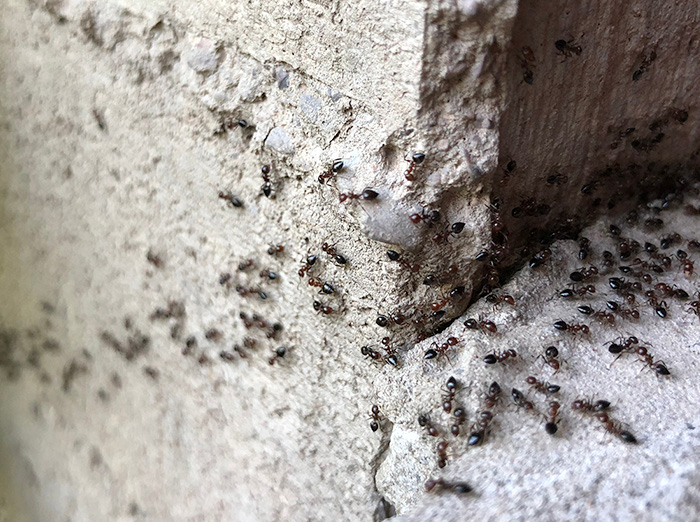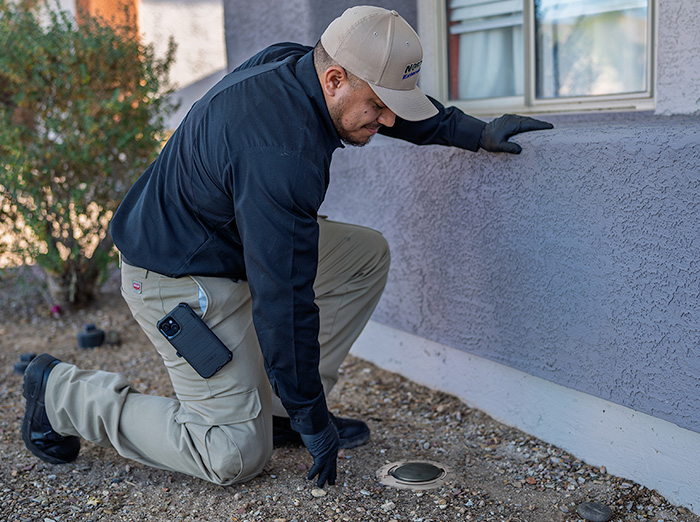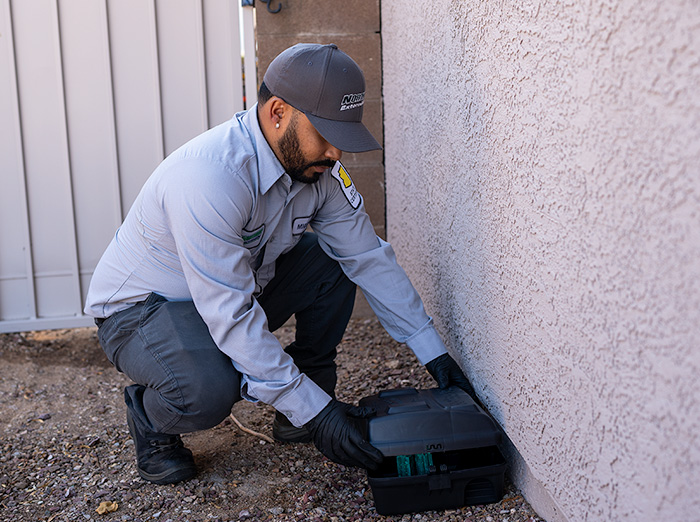
What do tarantula wasps look like?
Tarantula wasps, often called tarantula hawks, are large, black wasps with either black or orange wings and black antennae. They have large bodies that measure over 2 inches long.
When are tarantula wasps most active?
Life cycle of the tarantula wasp
Complete Metamorphosis
The female will hunt for a tarantula spider to serve as food for the larva. She will sting the spider, causing its permanent paralysis. The spider (if not already inside of its burrow) will be dragged into the hole. She will lay an egg on the spider and seal the burrow. The larva will hatch attaching to the spider and sucks out the internal fluid over a period of several months.
Habits of tarantula wasps
- Diet: A Nectivorous. Adults feed on nectar from fruit or flowers.
- Activity: Dusk or nighttime
- Preferred Climate: Dry, warm climates
- Defense: Large size and aposematic markings
- Cautions: Painful stings if agitated.
Are tarantula wasps dangerous?
Tarantula wasps will sting bugs only if provoked. This wasp sting may produce pain.
Where do tarantula wasps nest?
Tarantula wasps will not create nests but burrow in cracks and crevices, gaps in structures (especially the foundation), and into the soil of the ground. They may also use existing burrows.
Helpful hints for tarantula wasps
Here are few of our tarantula wasp prevention tips:
- Relocate tarantulas you find on your property
- Make sure window and door screens are free of tears and holes
Interesting facts about tarantula wasps
Roadrunners are predators of tarantula wasps.
How do you get rid of tarantula wasps?
For relief from tarantula wasps or other pests in and around your home or business, contact Northwest Exterminating!

Testimonials
Request Your FREE Estimate
Have questions or need help getting rid of tarantula wasps or other pests? Simply complete the form below or give us a call!



